Letter formation can be fun!
Few children enjoy traditional handwriting practice. Copying the same black letters over and over again with a pencil is boring! Here is how you can make letter formation fun while practicing with your child at home.
Step 1 Vary the tools
A pencil isn't the only writing tool. Give your child access to a range of different writing implements and see how their interest in writing grows. Things like coloring pencils, chunky crayons, glitter pens and finger paints are good pencil alternatives. Offer a choice of writing implements and let your child experiment.
Step 2 Vary the canvas
Don't confine writing to white lined paper. Car windows fogged up? Let your child use their finger as a pencil and practice letter formation. Visiting the beach or playing in the sandpit? Children can have fun forming letters in the sand with their finger or a stick. Shaving foam is a cheap and easy way to make handwriting practice a lot of fun. Just spray some on a tray or on the table and let children practice away (it has the added bonus of leaving surfaces nice and clean!) Get creative, look for opportunities in your daily routine to let your child practice. If you're doing some baking, why not shake some extra flour on the worktop and get in some handwriting practice? Even simply offer colored paper and card as an alternative to the white-lined stuff.
Step 3 Add a song or rhyme
Find out if your child's teacher has a certain way of describing letters as the children make them. If he/she does then try using the same description at home. If not, make up your own little song or rhyme to remind your child how the letters are made. Just describing what you're doing, as you do it, can help children remember how the letters are made, for example: around, push up, pull down (a or d).
Step 4 Turn it into a game
Turn letter formation into a game to make it more appealing for your child. Draw a letter on your child's back or arm and see if they can recognize what letter you've drawn. Have them do the same to you. Describe a particular letter and see if your child can draw it or start a letter and see if your child can finish it. Turn writing into a game and your child will want to practice handwriting all the time!
Tips
- Left-handed writers should hold their writing tool higher than right-handed writers to avoid blocking what they are writing with their hand.
- Practice cutting out with scissors to develop fine motor skills necessary for writing.
- It is common for young children to reverse letters, particularly the letters b and d. This is usually nothing to worry about. If your child continues to reverse letters as he/she gets older you may wish to discuss this with your child's teacher or educational professional.
- Provide plenty of opportunities for your child to put his/her new skills into action.
Just updated your iPhone? You'll find new emoji, enhanced security, podcast transcripts, Apple Cash virtual numbers, and other useful features. There are even new additions hidden within Safari. Find out what's new and changed on your iPhone with the iOS 17.4 update.







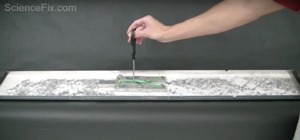


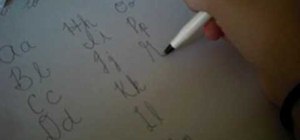

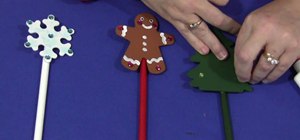

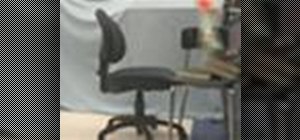





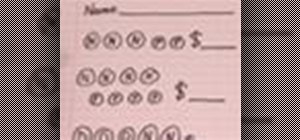

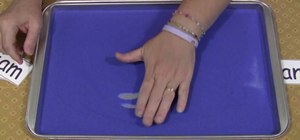
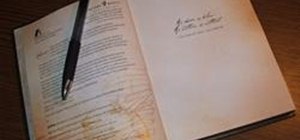
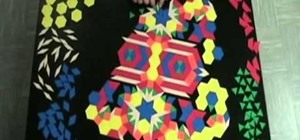

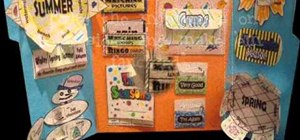



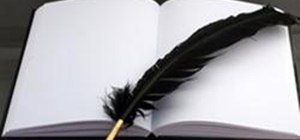


1 Comment
I Found this very interesting.
Share Your Thoughts